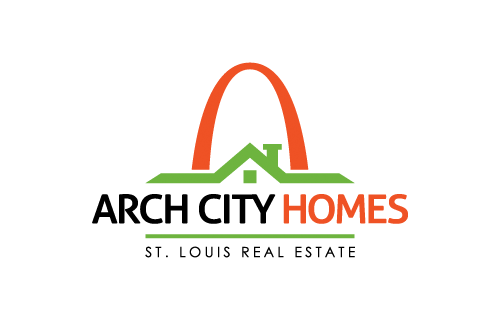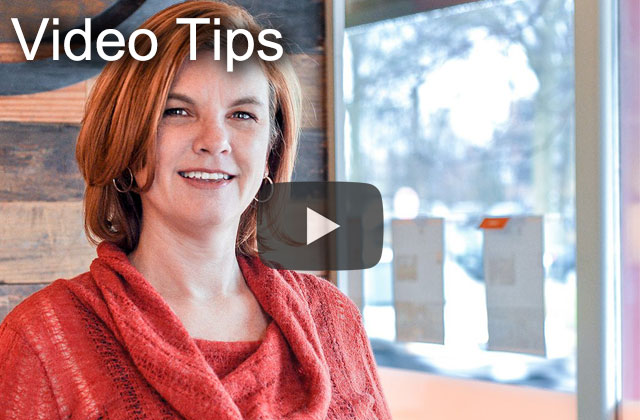The fun part of buying a home is picking out the property.
But before you can move your couch into the living room and pick out new paint colors, there are some steps that you need to take to prepare for closing day.
Buyer Tasks: Accepted Contract until Closing
When I work with buyers, I take care of as many of the details as possible for them. In a follow up post, I’ll tell you about the details that I take care of for my clients since some of you will be buying on your own or working with other agents.
But, there are still some things that every buyer needs to do after a contract is accepted. I walk my clients through each step, so they never need to worry that they are forgetting something.
1. Select a lender and apply for the loan
Prior to writing a contract, you should have talked with at least one lender and obtained a pre-approval letter. However, you don’t have to commit to a particular lender until are under contract. Once you have an accepted contract, you have a very limited amount of time to apply for your loan if your contract is contingent on financing. In the St. Louis area, financing contingencies are typically 2-3 weeks in length. Choose your lender quickly and then get your lender everything that is required to approve your loan.
If you aren’t sure who to use, I can give you some lender referrals that will not only give you competitive rates and fees, but will also meet important deadlines and will show up on closing day with funds to close. Once my clients select a lender, I take care of getting the contract and additional paperwork faxed to the lender so that the buyer doesn’t need to worry about the paperwork.
2. Select your homeowner’s insurance
You should call a few different insurance agents before you decide on a company. Make sure you are comparing apples with apples…meaning get a quote on the same coverage from each insurance company. Once you decide who you want to use, you can always modify the coverage based on the insurance agent’s recommendations.
Home buyers need to pay for 1 year of prepaid homeowner’s insurance on closing day. In addition, approximately 2 months of insurance will be paid at closing which will be deposited in an escrow account. Each month, 1/12 of the annual insurance bill will be added to the escrow account so that there is enough money in the account when the bill is due the next year. All future insurance bills get paid directly by the lender, so you won’t need to worry about coming up with cash for a big bill each year.
I have my clients tell their insurance agent to fax a copy of the insurance invoice to me. They’ll automatically send a copy to your lender, but I’ve found that lenders sometimes forget to forward it to the title company. The result is that the pre-paid year of insurance isn’t always included in the total amount buyers are told to bring to closing. I’ve solved this problem by getting a copy of the invoice and sending it to the title company so it gets included on the HUD closing statement.
3. Attend the inspection and decide what items you want the seller to repair
Your building inspections should be scheduled for as soon as possible after you have an accepted contract. The standard time period to complete all inspections and notify the seller of how you want to proceed is 10 days in the St. Louis region, so you’ll want your inspections scheduled no later than 7 days after your contract is accepted so that you have a few days to decide how to proceed.
Once the inspections are completed, you will need to decide if you want to proceed or if you want to terminate the contract. Most buyers move forward, opting to close if they can reach an agreement with the sellers regarding repairs.
4. Make a decision about a Home Protection Plan
If the sellers are not paying for a home protection plan, then you need to decide if you want to purchase one yourself. There are a number of plans available that can be purchased by homeowners. Most run between $379-450 for 12-13 months of coverage.
Home protection plans cover your home the same way a warranty covers your car. The car insurance covers accidents, hail storms and theft (as does your homeowner’s insurance). However, your car warranty covers mechanical breakdowns. You still have to pay for maintenance items such as oil changes.
Like car warranties, home protection plans cover mechanical breakdowns for your home (plumbing leaks, electrical problems, broken appliances, etc). However, you still need to get regular maintenence such as annual air conditioner servicing.
Even though home protection plans do have some exclusions to their coverage, they are a wise choice that protect buyers from unexpected surprises in the first year.
5. Arrange your utilities
Technically, the seller is responsible for the utilities through the day of closing and the buyer doesn’t start paying until the day after closing. However, if you schedule utilities to go into your name on the day after closing, you might be charged some reconnection fees. It’s worth one extra day to make sure all goes smoothly.
You should make sure that electric, gas, water and trash are scheduled for closing day. The title company will arrange the sewer service, and everything else can start whenever you please.
6. Attend a final walk-through a day or two prior to closing
The final walk-through allows you to check to confirm that the property is in the same condition as it was when you wrote the contract. It also gives you a chance to make sure that the seller has completed any negotiated repairs. This will take about 20-30 minutes and is normally done the evening before closing.
7. Obtain a cashiers check for the amount needed to close
You will find out the amount you need for closing a day or two before closing. This amount will include your down payment plus all of your closing costs plus will take into account any credits that the seller is paying for you and the earnest money you already put down. You will need to obtain a cashier’s check made payable to the title company. If you prefer to have the money sent by wire transfer, you should get the wiring instructions the week before closing and check with your bank about the process for sending a wire.
Regardless of whether you are getting a cashier’s check or doing a wire transfer, make sure you consolidate all of the funds you will need for closing into one account at least 10 days before closing since banks usually place a hold on transferred funds.
8. Attend the closing
Buyer closings take about one hour and are normally done in the morning. In the St. Louis region, closings take place at title companies, and buyers and sellers typically close with separate title companies. Even when buyers and sellers are closing with the same company, they’ll have separate appointments. In the end, most St. Louis home purchases close without the buyer and seller ever meeting each other.
Once the buyers and sellers have both signed the closing paperwork and all of the funds (including your loans) have arrived at the title company, then you’ll get your keys to your new home.
One last piece of advice…make sure you schedule a locksmith to change the locks on your new home. You never know how many copies of keys are floating around, and you’ll want your family and your belongings safe in your new home.










